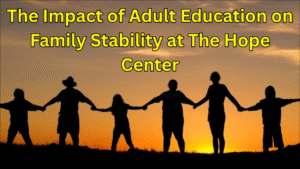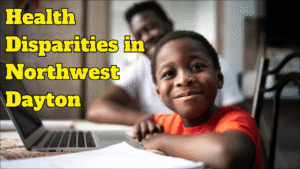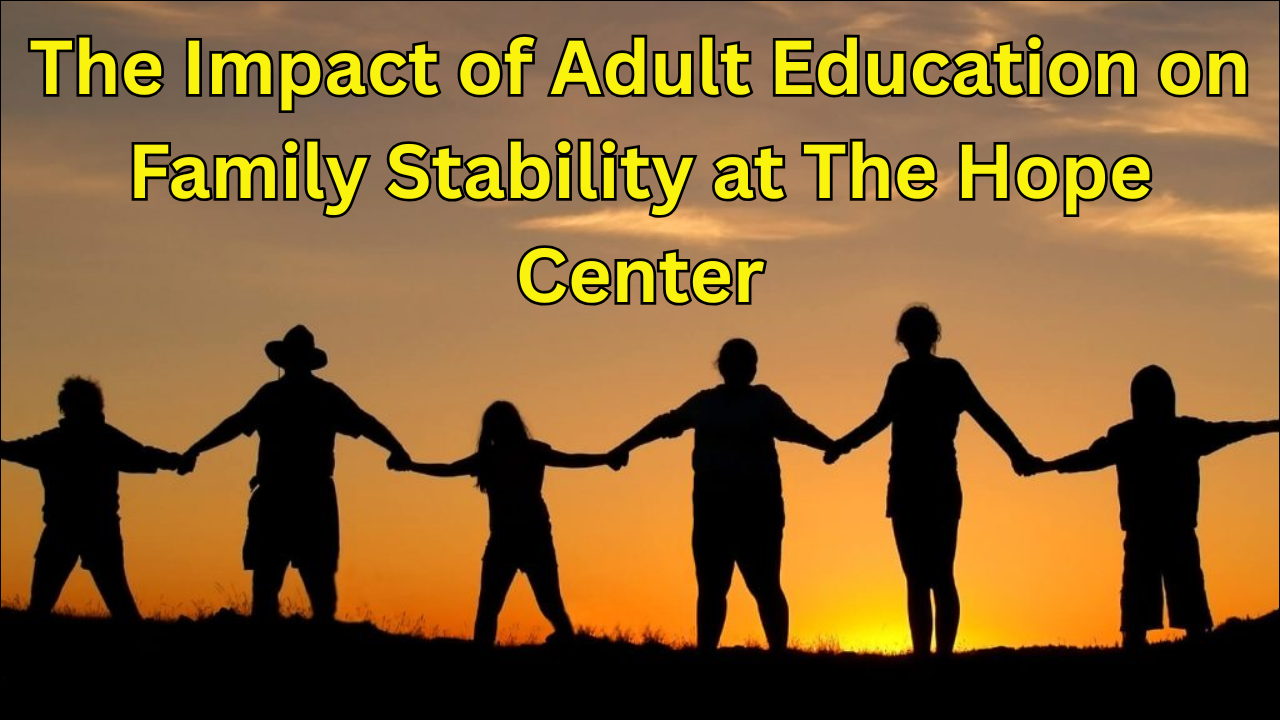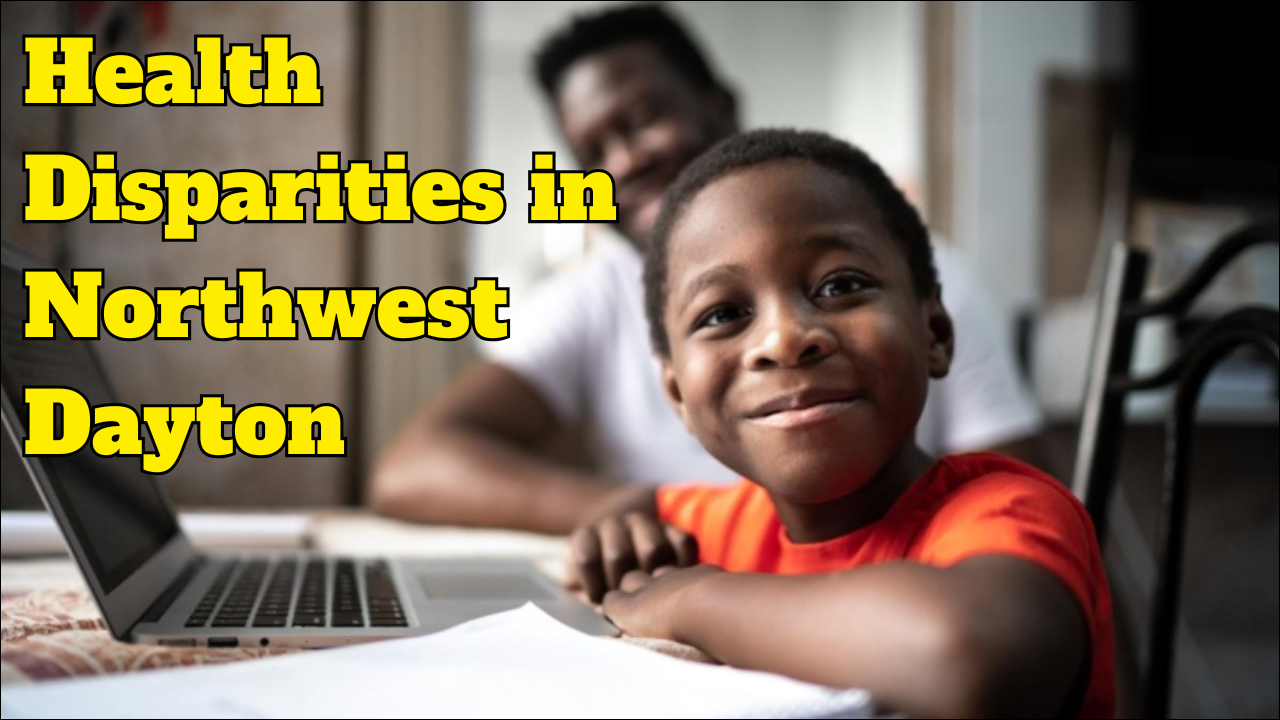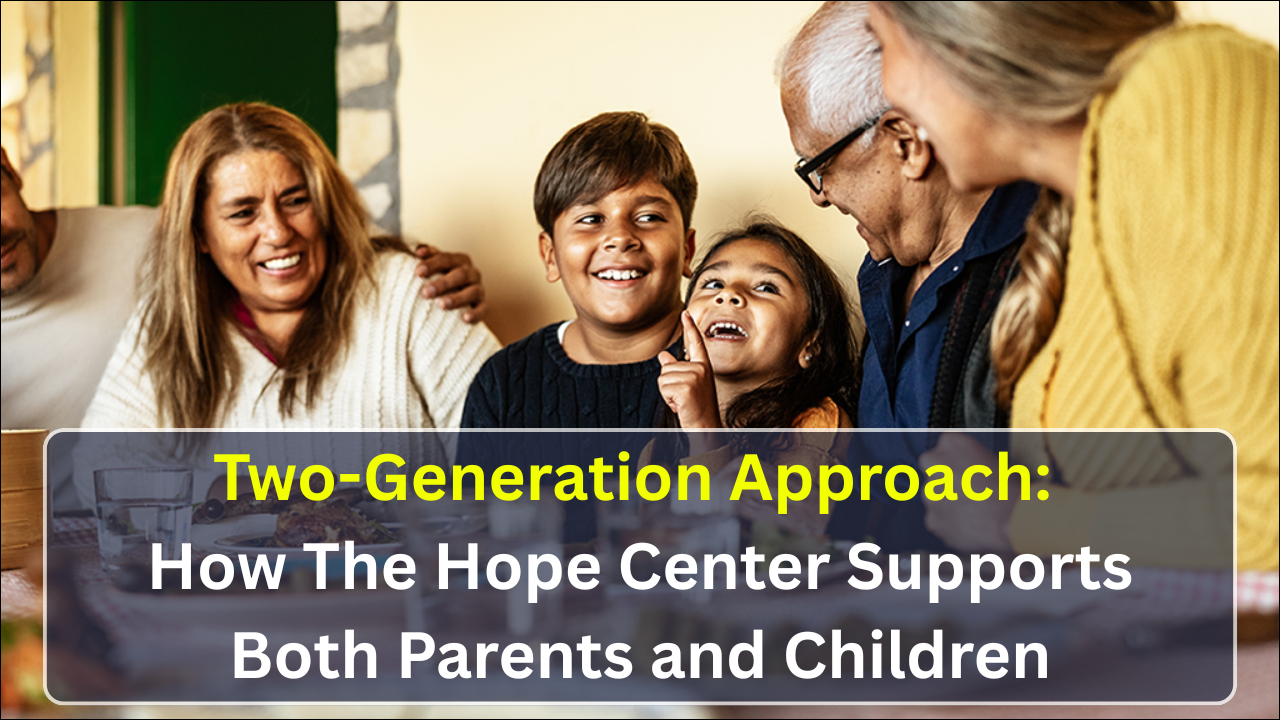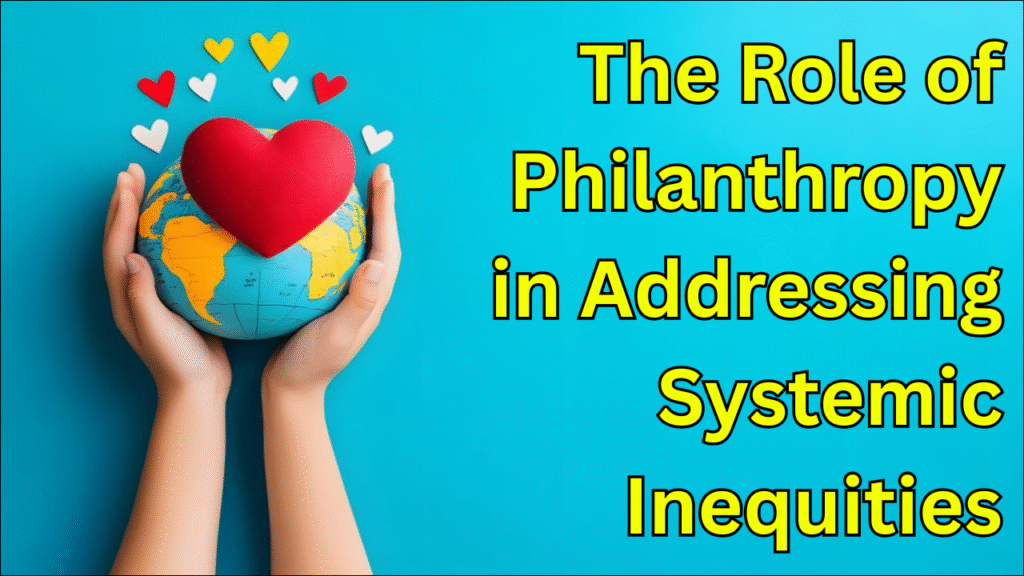
Systemic inequities persist across education, healthcare, economic opportunity, and social services, disproportionately affecting marginalized communities. Philanthropy plays a crucial role in addressing these disparities by providing funding, resources, and innovative programs that complement government and institutional efforts. Organizations like The Hope Center for Families demonstrate how philanthropic support can be leveraged to create equitable access to education, healthcare, and family services, empowering communities to overcome barriers and achieve long-term stability.
Table of Contents
1. Understanding Systemic Inequities
Systemic inequities arise from historical and structural factors that limit opportunities for specific populations.
- Educational inequities result in achievement gaps, limited resources, and reduced access to quality learning.
- Economic disparities manifest in lower wages, unemployment, and limited access to financial tools.
- Healthcare inequities affect physical and mental health outcomes, particularly in underserved areas.
- Social and racial disparities create barriers to housing, employment, and civic engagement.
2. Philanthropy as a Catalyst for Change
Philanthropic organizations provide resources that government funding alone cannot fully address.
- Grants and donations fund programs targeting underserved populations.
- Innovative pilot programs demonstrate new solutions to persistent challenges.
- Capacity-building support strengthens nonprofits and community organizations.
- Advocacy and awareness campaigns highlight systemic issues and drive policy change.
3. Education-Focused Philanthropy
Education is a central area where philanthropy reduces inequities.
- Funding early childhood programs, such as those at Mini University, ensures school readiness.
- Scholarships and tuition support allow low-income students to attend colleges like Sinclair Community College.
- Technology grants provide access to digital learning tools for children and adults.
- After-school programs and mentoring initiatives address gaps in learning and social development.
Philanthropic Contributions to Education
| Program Area | Philanthropic Role | Impact on Communities |
|---|---|---|
| Early Childhood Education | Funding for classrooms, materials, and staff | Improved school readiness and cognitive development |
| Higher Education | Scholarships and grants | Increased college access for low-income families |
| Technology Access | Computers, software, and internet access | Reduced the digital divide and enhanced learning |
| After-School Programs | Mentoring, tutoring, enrichment | Stronger academic and social outcomes |
4. Healthcare and Wellness Support
Philanthropy addresses gaps in healthcare access and promotes wellness in underserved communities.
- Hospitals like Dayton Children’s Hospital benefit from donations that expand pediatric care services.
- Mental health programs at The Hope Center receive funding for counseling, support groups, and crisis intervention.
- Nutrition and preventive care programs improve long-term physical health outcomes.
- Mobile health clinics and community wellness initiatives extend care to marginalized populations.
5. Economic Empowerment through Philanthropy
Economic inequities are mitigated when philanthropy supports workforce development and financial literacy programs.
- Grants fund adult education and vocational training programs at The Hope Center and Sinclair Community College.
- Microloans and small business support empower entrepreneurs in underserved areas.
- Job readiness workshops provide resume support, interview coaching, and career counseling.
- Financial literacy programs teach families budgeting, saving, and long-term planning.
6. Philanthropic Partnerships with Community Organizations
Collaborative efforts maximize the impact of philanthropy.
- Nonprofits, schools, and hospitals partner with funders to deliver integrated programs.
- Multi-sector initiatives address multiple barriers, combining education, healthcare, and social support.
- Donor-advised funds and corporate philanthropy enable flexible, responsive funding.
- Collaboration ensures sustainability, efficiency, and accountability in program delivery.
Philanthropy in Action – Community Impact
| Sector | Philanthropic Contribution | Community Benefit |
|---|---|---|
| Education | Classroom grants, scholarships | Increased access and achievement |
| Healthcare | Funding for pediatric and mental health programs | Improved physical and emotional well-being |
| Workforce & Economic Development | Vocational training, job readiness programs | Higher employment rates and family stability |
| Social Services | Housing support, food assistance, and counseling | Enhanced family resilience and reduced inequities |
7. Addressing Equity Through Inclusive Funding Practices
Effective philanthropy prioritizes equity in funding decisions.
- Targeting historically underserved populations ensures resources reach those most in need.
- Culturally competent programs respect diverse backgrounds and languages.
- Community-driven initiatives involve beneficiaries in program design and evaluation.
- Long-term investment strategies support systemic change rather than temporary fixes.
8. Measuring Philanthropic Impact
Evaluation is essential to ensure resources are used to reduce inequities effectively.
- Metrics track educational attainment, employment outcomes, health improvements, and social engagement.
- Feedback from community members informs program refinement and responsiveness.
- Longitudinal studies assess long-term outcomes and intergenerational benefits.
- Transparency and reporting build trust between funders, organizations, and communities.
9. Challenges and Opportunities
Philanthropy faces challenges in addressing systemic inequities but offers unique opportunities for innovation.
- Challenge: Limited funding cannot solve all structural disparities.
- Opportunity: Strategic partnerships amplify impact.
- Challenge: Measuring long-term systemic change is complex.
- Opportunity: Data-driven approaches guide effective interventions.
- Challenge: Risk of fragmented efforts among multiple funders.
- Opportunity: Coordinated funding initiatives to ensure alignment with community priorities.
10. Future Directions for Philanthropy
Philanthropic efforts are increasingly focused on creating sustainable, scalable solutions to systemic inequities.
- Investment in early childhood education and family support programs ensures lasting impact.
- Funding innovative mental health and wellness initiatives addresses growing societal needs.
- Strengthening local organizations increases their capacity to serve communities effectively.
- Advocacy partnerships influence policy changes that create broader systemic improvements.
Future Philanthropic Strategies
| Strategy | Goal | Expected Outcome |
|---|---|---|
| Long-term Investment | Sustainable program funding | Reduced intergenerational inequities |
| Community-Driven Initiatives | Engage local populations in design | Higher participation and relevance |
| Multi-Sector Partnerships | Collaboration across education, health, and social services | Integrated support and efficiency |
| Data-Driven Approaches | Evaluate program impact | Targeted, effective interventions |
| Policy Advocacy | Influence systemic change | Broader community equity improvements |
Last Words
Philanthropy plays a critical role in addressing systemic inequities by providing resources, fostering innovation, and supporting community-based programs. At The Hope Center and similar organizations, philanthropic contributions enhance education, healthcare, economic empowerment, and social services, directly benefiting families and communities. By prioritizing equity, collaboration, and sustainability, philanthropy enables long-term solutions that address structural barriers, promote opportunity, and empower marginalized populations. In doing so, it becomes a driving force for transformative change at both individual and community levels.

